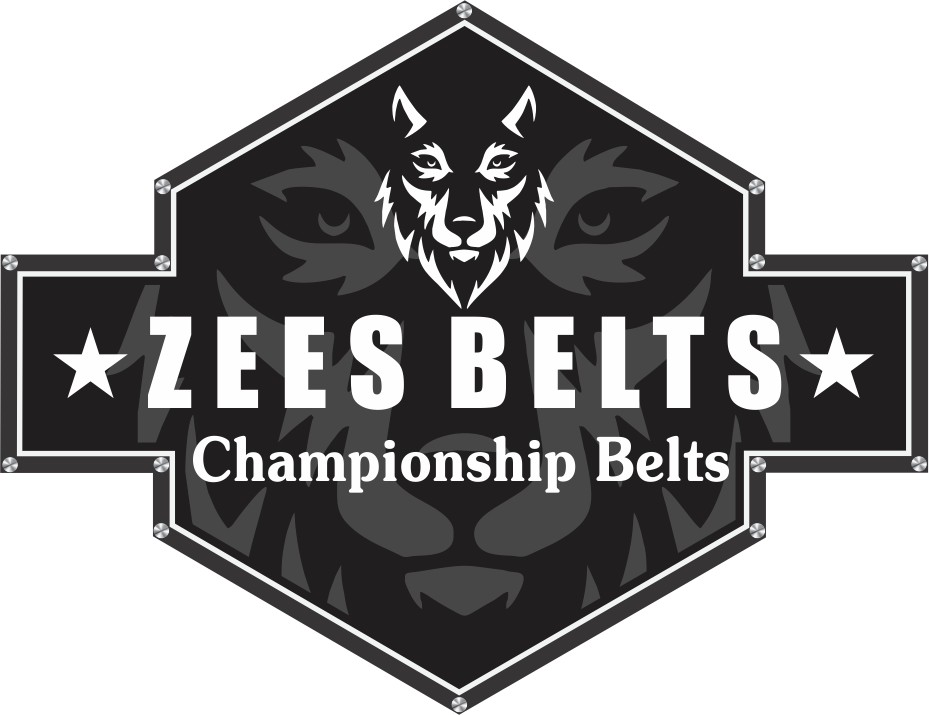Introduction
Championship belts are more than just awards—they’re symbols of hard work, dedication, and achievement. Whether you’re a wrestling fan, collector, or looking to buy a belt as a gift, it’s important to know how to spot a fake. Unfortunately, counterfeit belts are common, and they often look convincing at first glance.
In this guide, we’ll walk you through the key signs of a fake championship belt so you can avoid scams and invest in authentic, high-quality pieces.
1. Check the Weight and Material
Authentic championship belts are made from high-quality materials like genuine leather, solid metal plates, and sturdy stitching. Fake belts, on the other hand, often use cheap plastic, thin metal, or low-grade leather.
-
Weight Test: A real belt feels heavy because of its metal plates. If it feels light or flimsy, it’s likely fake.
-
Material Check: Look for real leather (not synthetic) and metal that doesn’t peel or rust easily.
2. Examine the Engravings and Details
One of the biggest giveaways of a fake belt is poor craftsmanship. Authentic belts have precise engravings, sharp details, and clean finishes.
-
Logo & Text: Check for blurred logos, misspelled words, or uneven lettering.
-
Side Plates: Real belts often have removable side plates with deep, clear engravings. Fake ones may have shallow or painted-on details.
3. Look at the Stitching and Edges
Quality stitching is another sign of an authentic belt. Fake belts often have messy, loose, or uneven stitching.
-
Stitching: Should be tight, straight, and consistent.
-
Edges: Real belts have smooth, polished edges—not rough or frayed.
4. Verify the Seller’s Reputation
Where you buy your belt matters. Unauthorized sellers or shady websites often sell counterfeit belts.
-
Authorized Dealers: Stick to trusted sellers, official wrestling merchandise stores, or licensed dealers.
-
Customer Reviews: Check reviews for complaints about fake products.
-
Too Good to Be True? If the price is much lower than usual, it’s probably fake.
5. Compare with Official Designs
Many fake belts have slight design differences from the real ones.
-
Reference Images: Compare the belt with official photos from WWE, AEW, or other organizations.
-
Color & Finish: Fake belts may have dull colors or incorrect shades.
6. Ask for Authenticity Proof
If buying online or from a private seller, ask for proof of authenticity.
-
Certificates: Some high-end belts come with authenticity certificates.
-
Original Packaging: Real belts often include branded boxes or tags.
Conclusion
Spotting a fake championship belt isn’t always easy, but by checking the weight, materials, engravings, stitching, and seller reputation, you can avoid scams. Always buy from trusted sources to ensure you get a genuine, high-quality belt.
If you’re looking for authentic championship belts, explore our store for officially licensed, premium-quality replicas. We guarantee the real deal—no fakes, just championship-worthy craftsmanship.
